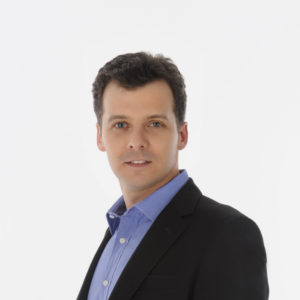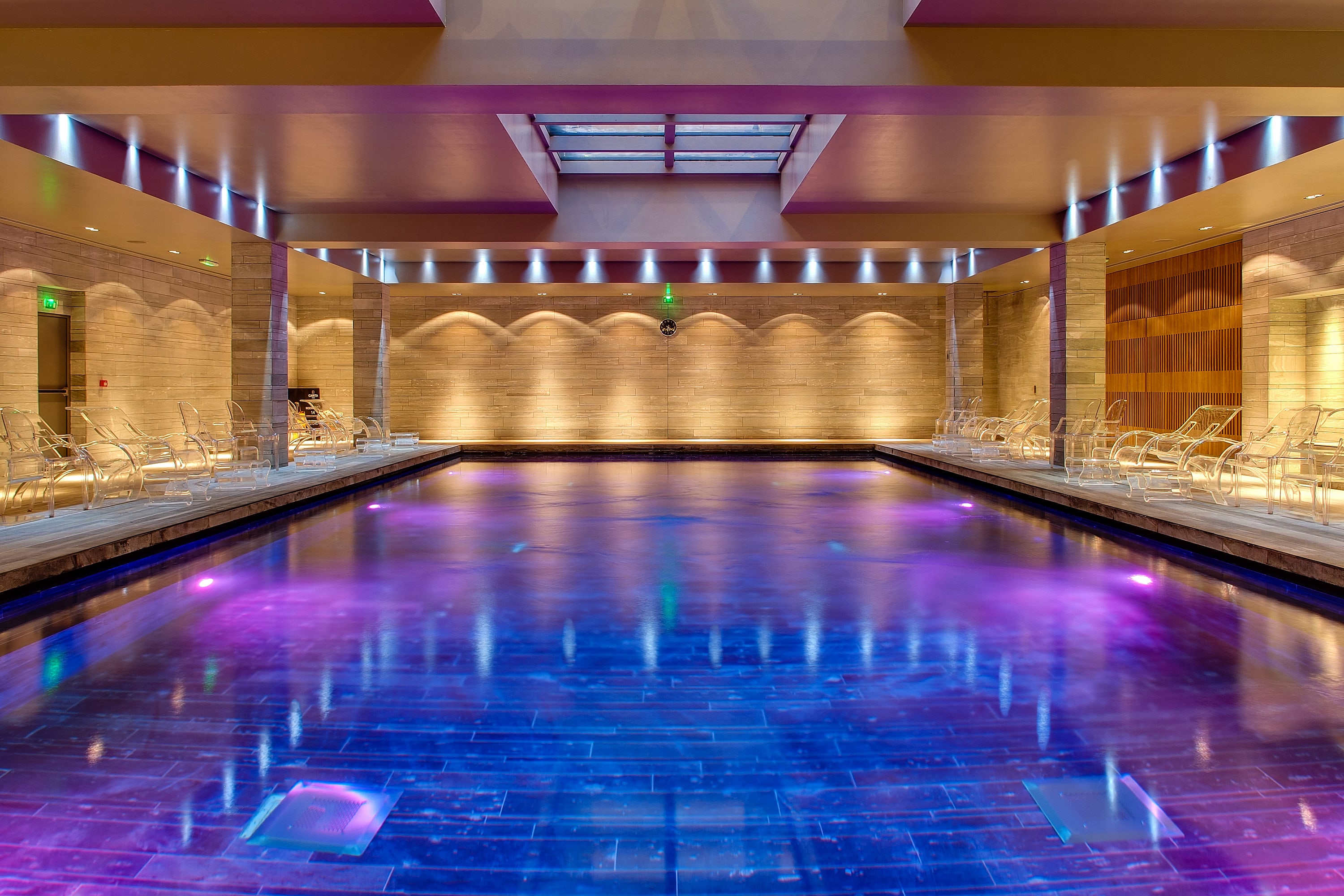By Doctor Olivier Claude.
A loss of definition in the oval is often the first signal of facial drooping.

Patients generally notice it between age 40 and 50. Given that aging is a process ruled by many factors, we need to use several tools that work together. We must combine injection techniques and surgery in order to obtain a well-rounded and natural result.
The face gradually loses its deep layers of fat as well as its bone tissue as the years pass. The loss of volume is especially noticeable around the eye socket, which becomes hollower. This results in the skin tissues and muscles drooping downwards and forwards. A superficial fold gathers above the cutaneous-muscular inserts in the lower third of the face: the nasolabial folds and expression lines, which go from the corner of the mouth down towards the jowls. This results in a loss of definition in the jawline. In young people, the jawline catches the light in a uniform way. As the deep tissue is lost, the oval becomes uneven, with a succession of troughs that leads to alternate areas of light and shade.
The modern approach to facial rejuvenation is based on this physiological analysis. The first stage of treatment involves restoring the deep volumes, which enables us to re-establish the facial support framework. Small quantities of hyaluronic acid are injected deep into the key areas. These small boluses of product provide support, a bit like load-bearing walls in a house that is being renovated. They are the fundamental beams or pillars of the face.
These injections should not be made into the superficial tissue, because this would weigh down the tissues instead of supporting them. Furthermore, injections performed too superficially could block the path of the muscles and lead to unnatural facial expressions, namely a “frozen” smile.
The key injection sites are the area above and below the cheekbone, the sub-orbital hollow, the corner of the jaw and the “pre-jowl” area. The exact quantities of product and injection sites are adjusted for each patient, according to their wishes and requirements. In general, the injections are carried out from top to bottom. This enables us to restore the inversed triangle of youth. A young face has a high centre of gravity, with greater volumes in the upper and middle thirds of the face than in the lower third. Starting by injecting the lower third is a mistake as it could weigh down the face. However, if we start with the upper third, the treatment will follow a more logical and physiological order for treating the loss of facial support. This way, the causes of sagging, and not the consequences, are treated.
Next comes the cervical-facial lift. Its aim is to pull the cutaneous tissue and muscle (SMAS) upwards and backwards in a natural and unforced way to achieve natural and shapely results. This two-stage approach enables us to concentrate the surgical time on areas that can only be improved through surgery. We talk about targeted or staged lifts as opposed to a “full lift”, which requires treating the face as a whole and can result in a “tight or frozen” face. These tailored lifts also treat the muscle groups responsible for facial sagging, which persists even after the deep supporting layers have been restored using injections. The muscles are repositioned to exactly where they were before, which enables us to ensure that the facial movements remain natural-looking.
The skin is then repositioned, after removing any excess around the ears. The skin is not pulled tight in order to be stitched, and the final scars will most often be unnoticeable. It is important that the patient stops smoking before each procedure, to optimise the final scar quality.
Given that this lift is more targeted than before, its after-effects are milder. Downtime is generally only 10 days or so.
This collaborative strategy enables us to obtain natural-looking, optimised results that last longer than treatments which use only one anti-aging tool. This gradual approach also allows us to better personalise the rejuvenation process.
 Doctor Olivier Claude
Doctor Olivier Claude
Plastic and Aesthetic Surgeon – Paris. Qualified in Plastic, Reconstructive and Aesthetic Surgery. D.E.S.C. medical specialisation diploma in Plastic and Aesthetic Surgery. Graduated from the French College of Plastic Reconstructive and Aesthetic Surgery. Member of the American Society for Aesthetic Plastic Surgery – ASAPS. Member of the French Society of Plastic, Reconstructive and Aesthetic Surgery – SOFCPRE.















